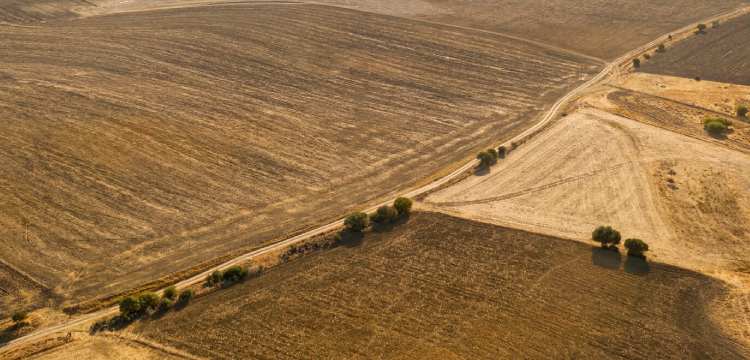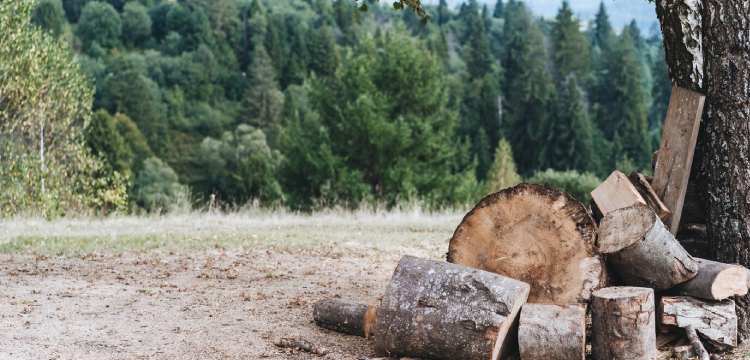Climate change is no longer a myth in Australia. Instead, it is the reality that citizens are now living with - but where did it all start? Let's uncover the main reasons why the Australian climate has taken a turn for the worse. Only then will people have the tools to prevent further damage to the ecosystem.

Around the world, greenhouse gases have gotten the bad rep of being the key contributors to climate change. It turns out that Australia is not so different as these are the primary causes of climate change. So, what are these gases, and why do they have such effects? These gases are byproducts of several activities in the country. They include the following:
When these enter the atmosphere, they trap heat and prevent it from escaping, resulting in increased temperatures in the country. But where do they come from?
When people use fossil fuels to generate electricity, they release these gases into the atmosphere. In fact, this is the greatest source of these emissions. The use of these fuels in homes is also a contributor, though it pales in comparison to what plants produce. Let's look at this deeper:
Electricity production:
At least two-thirds of the country's electricity comes from fossil fuels, which are known to emit greenhouse gases. Of these, coal contributes almost 50%.
Logistics:
Every time people travel in cars, planes, and other vehicles that emit these gases, they contribute to this effect. 20% of emissions come from the transport sector.
Industries:
These contribute to a fifth of fossil fuel emissions.
The high productivity in Australia may actually be a double-edged sword. Let's look at how it spills over into the climate change scene:

Fertilizer usage
Can you even imagine that even your fertilized soil can be one of the causes of the gas release into the atmosphere? More often, farm owners use nitrogen-based fertilizers that really enhance the recurrences of the soil and the crops growing so fast. However, as the soil undergoes a process of nitrification and even denitrification, which is the process of converting nitrate to nitrite gas and free nitrogen, respectively, any environmental element or substance would sound unfavourable.
Livestock farming
As animals, especially cattle and sheep, digest their food, they release methane due to a process known as enteric fermentation. This naturally occurring gas has a higher greenhouse effect than carbon dioxide. Pair this potent gas with the large-scale farming practices in Australia, and it's easy to see why this has become such a focal point in the climate debate. Add the emissions from the rice paddy fields, and it's a growing problem.
Poor farming practices
When farmers work the land, they risk depleting the naturally occurring carbon in the soil. Such losses are common when farmers rely on methods such as tilling or monocropping. Unfortunately, they only increase the atmospheric carbon dioxide levels.
Mechanization of processes
Farmers are relying on advanced machines, now more than ever, to keep up with the growing demands of the population. This means that many of them use fuel-powered machines to work the land, process raw materials, transport goods to the market, store products, and more, which only increases their gas emissions.
While industrialization is great for the economy, it also hurts the environment by releasing harmful byproducts into the atmosphere. It is especially so in chemical plants. Let's look at the ones with the biggest impact on the climate:
Have you ever wondered where emissions from waste decomposition end up? - Your guess would be correct!
Carbon dioxide contributes greatly to most of the emissions in the atmosphere. In the past, natural forest cover would reabsorb most of the emissions, thus minimizing their effects. But this has since changed due to changing land uses. Let's consider them:

Climate change is not a solitary affair such that what affects one country does not spill over to the next. Several studies have proven that the weather patterns are interwoven. So, how have Australia's climate patterns contributed to the global crisis?
The different industries have increasing reliance on fossil fuels, and coupled with altering land use, things are going downhill rather fast in Australia. It is a country that has already been noted for its reducing biodiversity and record emissions, but there is still hope that things can turn around in the nick of time.